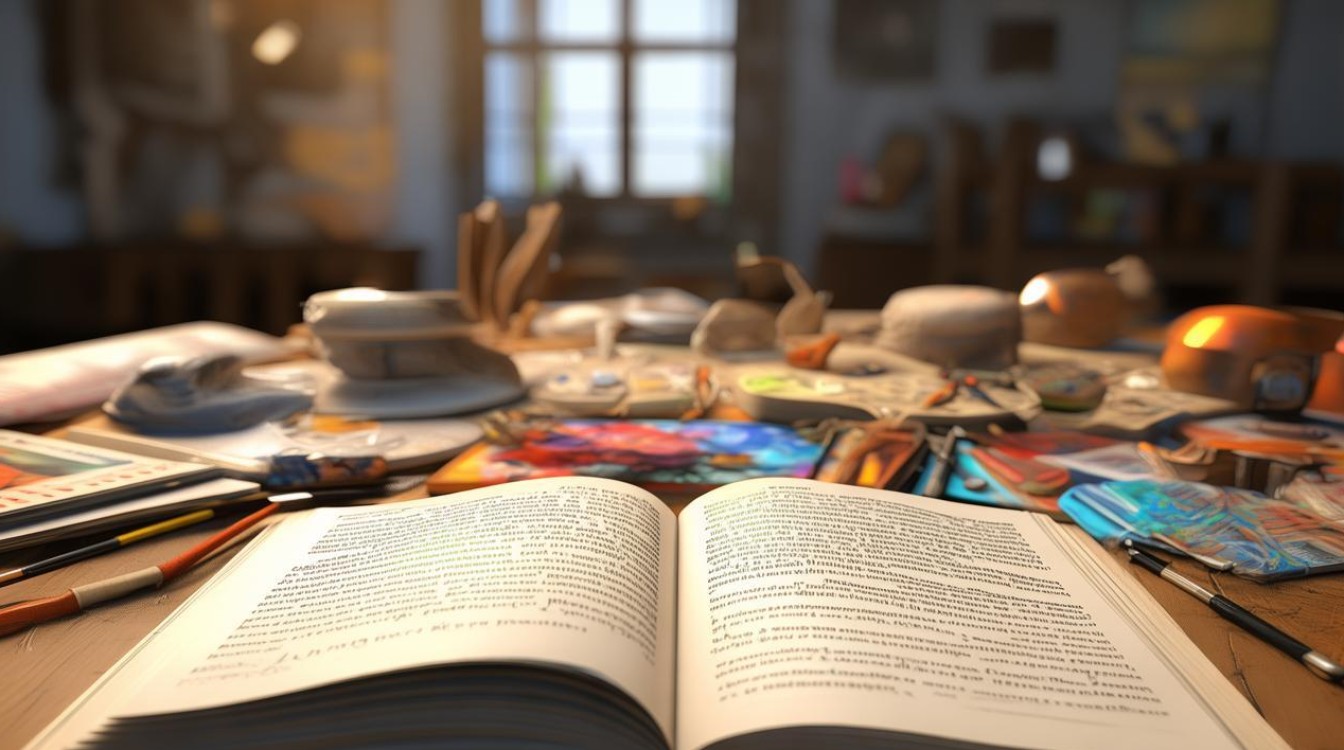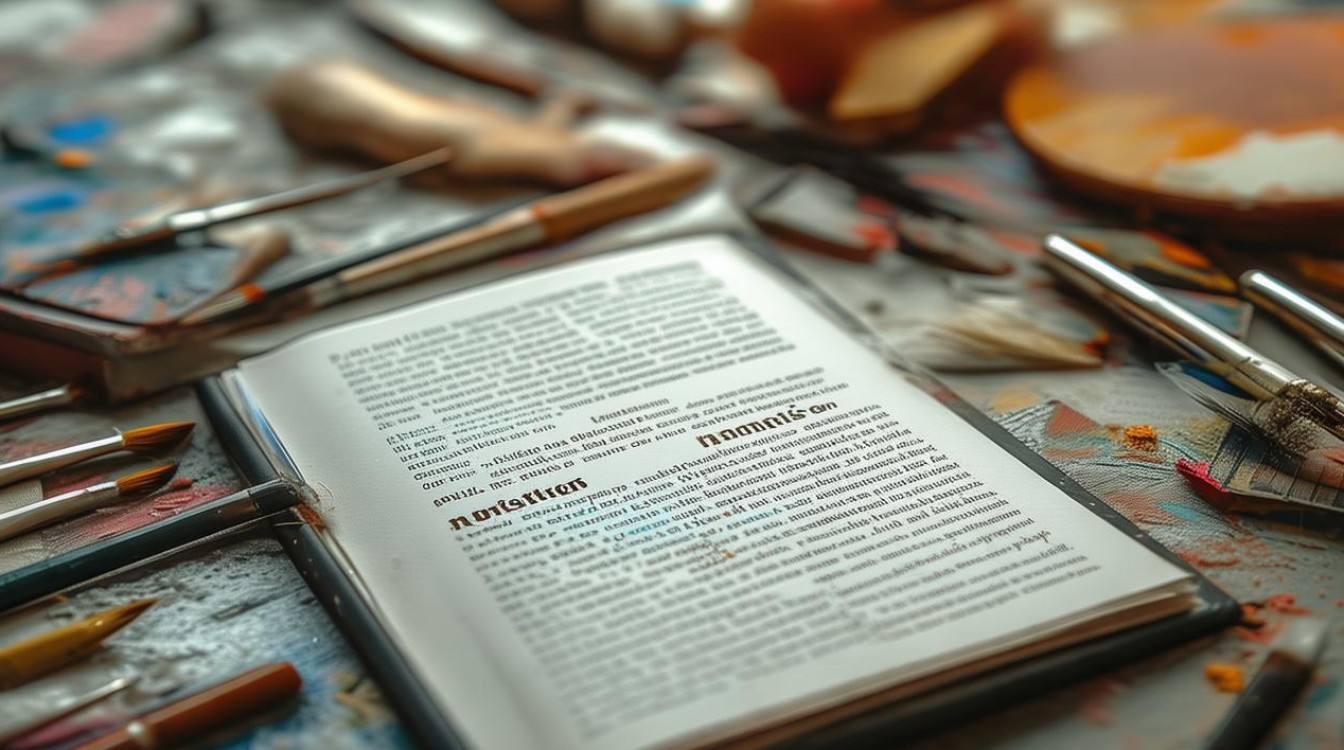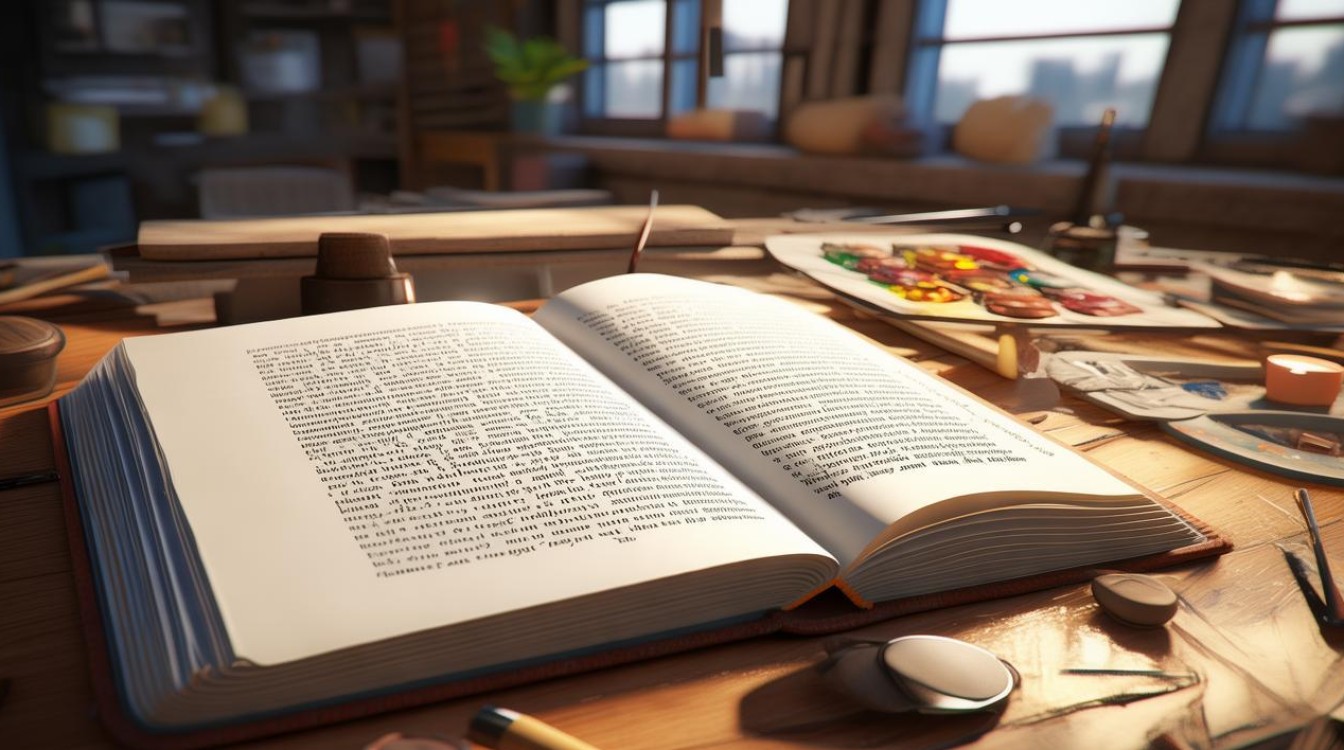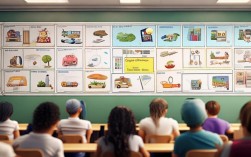The world of art is a vibrant tapestry of creativity, expression, and cultural significance. Whether you're an artist, student, or enthusiast, mastering key English vocabulary related to the arts can deepen your appreciation and communication. This guide covers essential terms across visual arts, performing arts, and literary arts, helping you navigate conversations, critiques, and creative discussions with confidence.

Visual Arts Terminology
Medium & Techniques
- Medium: The material used to create artwork (e.g., oil, watercolor, charcoal).
- Canvas: A sturdy fabric used as a surface for painting.
- Sketch: A quick, rough drawing to capture an idea.
- Perspective: The technique of creating depth in a two-dimensional artwork.
- Impasto: Thickly applied paint that creates texture.
Styles & Movements
- Realism: Art that depicts subjects as they appear in real life.
- Impressionism: A style focusing on light and color rather than precise details.
- Abstract: Non-representational art that uses shapes, colors, and forms.
- Surrealism: Dream-like, fantastical imagery.
- Cubism: Geometric fragmentation of subjects, pioneered by Picasso.
Art Critique Terms
- Composition: The arrangement of elements in an artwork.
- Contrast: The difference between light and dark, or complementary colors.
- Harmony: A pleasing balance of visual elements.
- Chiaroscuro: The use of strong light and dark contrasts for dramatic effect.
Performing Arts Vocabulary
Theater & Drama
- Monologue: A long speech by a single character.
- Soliloquy: A character speaking thoughts aloud, often alone on stage.
- Blocking: The movement and positioning of actors on stage.
- Improvisation: Unscripted, spontaneous performance.
- Fourth Wall: The imaginary barrier between actors and the audience.
Dance & Movement
- Choreography: The arrangement of dance movements.
- Pirouette: A full-body spin on one foot in ballet.
- Adagio: Slow, graceful movements.
- Syncopation: Offbeat rhythms in dance or music.
Music & Composition
- Crescendo: A gradual increase in volume.
- Staccato: Short, detached notes.
- Aria: A solo vocal piece in opera.
- Harmony: The combination of different musical notes played simultaneously.
Literary Arts & Writing Terms
Poetry & Prose
- Metaphor: A figure of speech comparing two unlike things.
- Sonnet: A 14-line poem with a specific rhyme scheme.
- Alliteration: Repetition of initial consonant sounds.
- Stream of Consciousness: A narrative style mimicking unfiltered thoughts.
Literary Devices
- Foreshadowing: Hints about future events in a story.
- Irony: A contrast between expectation and reality.
- Allegory: A story with a hidden moral or political meaning.
- Satire: Humorous criticism of societal flaws.
Genres & Forms
- Novella: A short novel or long short story.
- Epistolary: A story told through letters or documents.
- Dystopian: Fiction set in a grim, oppressive society.
Art-Related Professions & Roles
- Curator: A person who organizes art exhibitions.
- Artisan: A skilled craftsperson.
- Virtuoso: A highly skilled performer.
- Librettist: A writer of opera or musical lyrics.
Understanding these terms not only enhances your ability to discuss art but also enriches your engagement with creative works. Whether analyzing a painting, attending a play, or reading poetry, a strong vocabulary bridges the gap between observation and interpretation.

Art is a universal language, and fluency in its terminology allows for deeper connections with culture, history, and human expression. Keep exploring, learning, and appreciating the diverse forms of creativity that shape our world.



